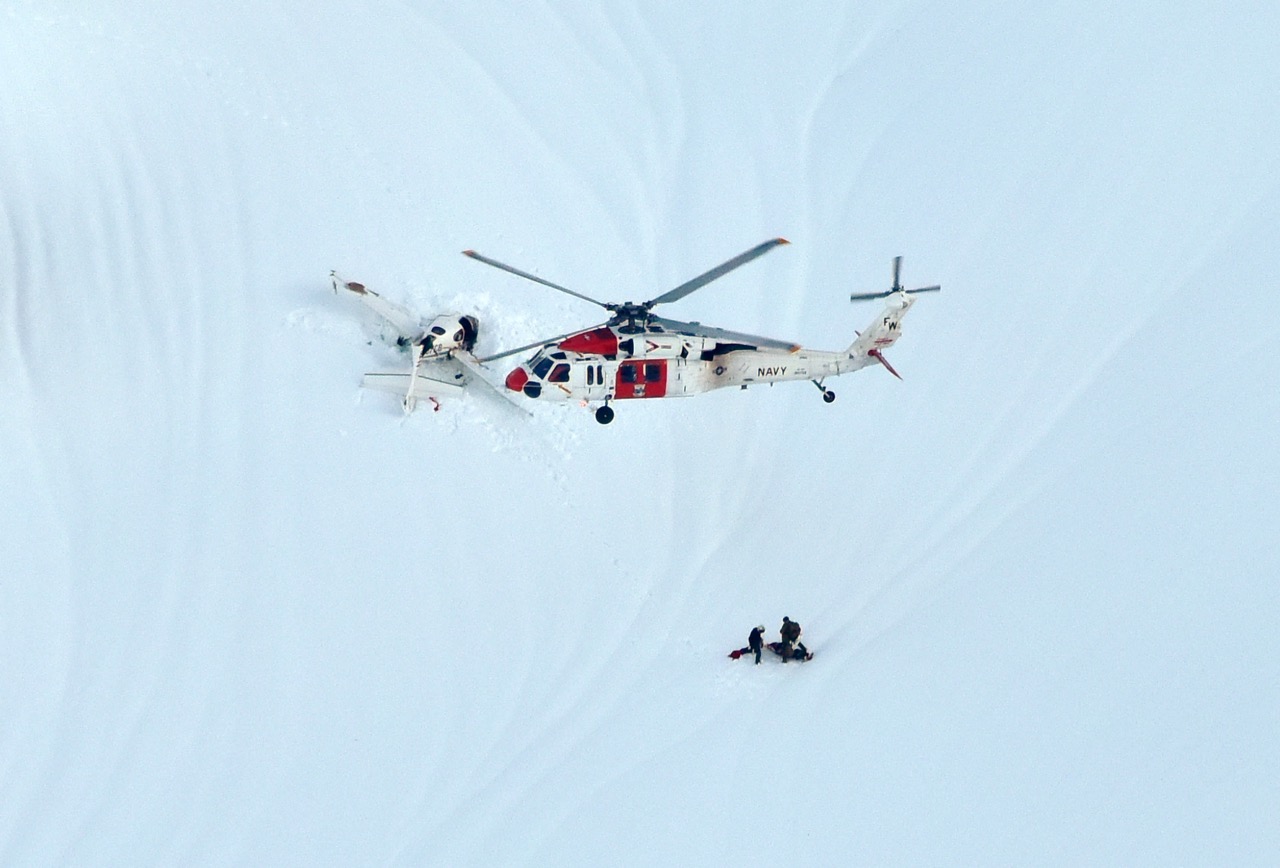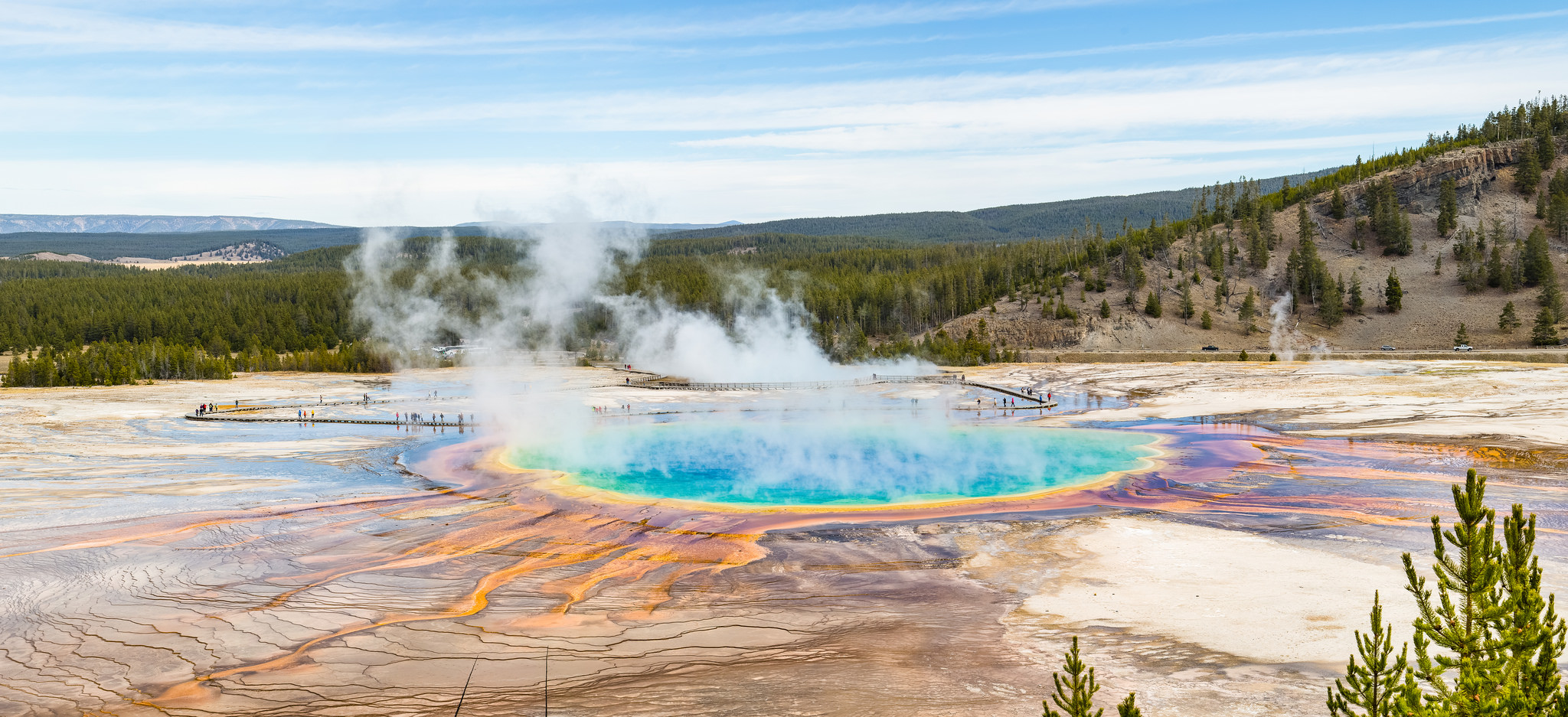After a record low snowpack during the winter of 2014-15, the Olympic Mountains have once again returned to their snowy splendor. The winter of 2015-16 is on record as being a normal year, but compared to the barren peaks of last year, normal seems quite impressive. Across the mountain tops and even down in the low valleys, the snow has not only fallen this year, but is sticking around. As of February 9th, the Olympic Mountains are sitting at 106% of normal snowpack around the four monitoring stations in the Olympic Mountains. The difference between this year and last year is staggering.
On March 13th, 2015, the snowpack in the Olympic Mountains was at just 7%. It was so bad that Washington Governor Jay Inslee was forced to issue a statement of drought for the region. Throughout 2015, raging rivers became lazy meandering creeks, and waterfalls that usually saw torrents of water putting from their rocks cliffs were reduce to pathetic trickles. Salmon couldn’t swim upstream due to low water levels and fires flared up in and around the rainforests of Olympic National Park. The 2014-15 drought caused a lot of problems, leading many to be fearful that it would repeat itself. That was not to be the case.
While things are good this year, they are just normal. It is still too early to determine how long the snowpack will last, and if it will be enough to prevent the serious drought we had last summer. It is better, and there is more hope, but many are remaining cautious due to historical melt off dates and previous snowpacks. A normal year of snow could melt away by May, and if the raising temperatures this week are any indication, we could see the snowpack start to vanish by the start of spring.

So How Good is the Snowpack in the Olympics?
Above the Dungeness River, America’s second steepest river, the snow depth is resting comfortable at 20 inches. Last year, the area had zero inches. The monitoring station is at 4,010 feet above sea level. While the current 20 inches is great news, looking back at previous years should be cause for concern. In 2014, the same monitoring station had a snow depth of 41 inches, dropping to zero on April 18th. If the same warming happens in 2016, the snowpack could easily be gone from this region before May.
At 5,010 feet, the monitoring station at Waterhole, just below Hurricane Ridge in Olympic National Park has a snow depth of 67 inches, over five feet more than the previous winter. On this date in 2015, the station had just 4 inches of snow depth, which melted away by Feb 15th. It did snow again briefly in March and early April, but that snow was completely gone by May 2nd. Historically, this region has snow almost to the official start of summer. In 2014, Waterhole had 96 inches of snowpack, which didn’t melt away until June 12th. Again, while the snowpack is better this year, it could melt away by May or even earlier.
Mount Crag is located just north of the Dosewallips River and sits at 4,314 feet above sea level. It is also home to another snowpack monitoring station a few hundred feet below the summit. The current snowpack is 65 inches, a huge increase compared with the big old zero that the station read on this date in 2015. In 2015, the region saw some snow in March, but returned to zero by the 28th of the month. The station did have 74 inches in 2014, which melted for good by May 26th. Looking at the data, the smaller mountains of the Olympics along Hood Canal could easily be snow free by May.
Finally, the Buckinghorse station, located 5km NW of the Enchanted Valley in the Quinault region of Olympic National Park and sits at 4,870 feet, currently has a snowpack of 93 inches. The difference is a very welcome increase from the paltry 15 inches that the area had on this date in 2015, which vanished for the year on May 7th. In 2014, Buckinghorse had 105 inches, which didn’t melt until June 26th of that year. I anticipate a similar melt off for this region in 2016, but warmer temps and/or heavy rain could leave this area snowless by June.
So far, the winter of 2015-16 has brought much needed relief to the mountains of the Olympics. The 311 glaciers currently in Olympic National Park need this snow, as do the rivers and streams that bring life and beauty to the region. We aren’t out of the woods yet, as far as having a long lasting snowpack goes, but we are much better than last year. Not that beating last year’s snowpack was going to be a challenge or anything. I, like many, are cautiously optimistic about healthy mountains, rivers and streams this year. We are having a normal snow year, but that all could change quickly.
Keep thinking snow, at least for another month or so.
Curious about Snowpack and Climate Change in the Pacific Northwest?
Buy a Copy of our Summit Book 2016 for this and more

All data included in this post was collected and is considered accurate according to the USDA Natural Resources Conservation Service



